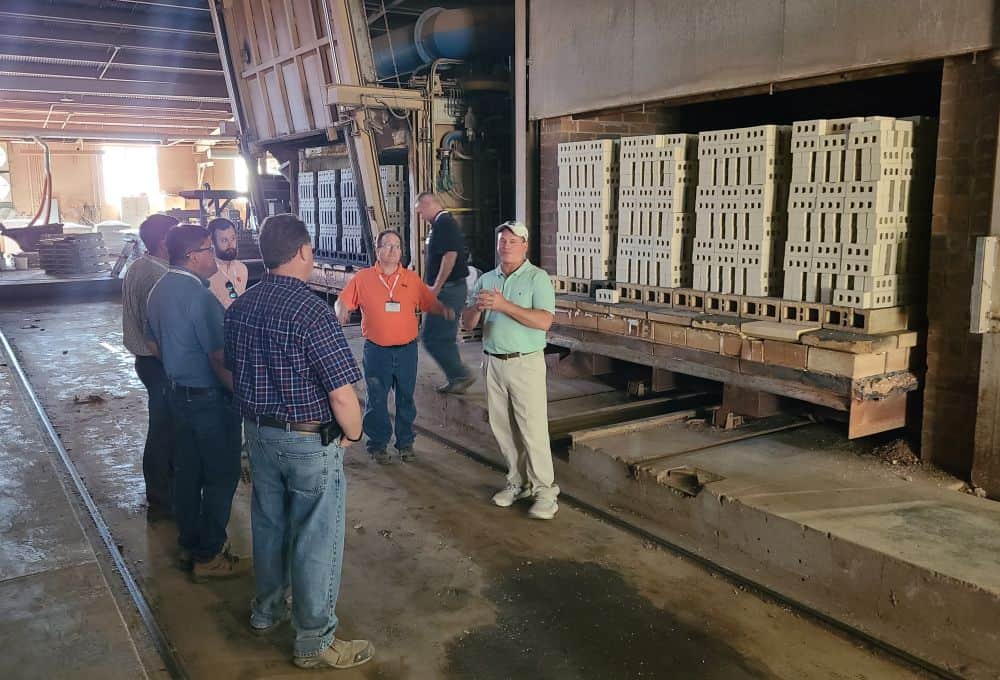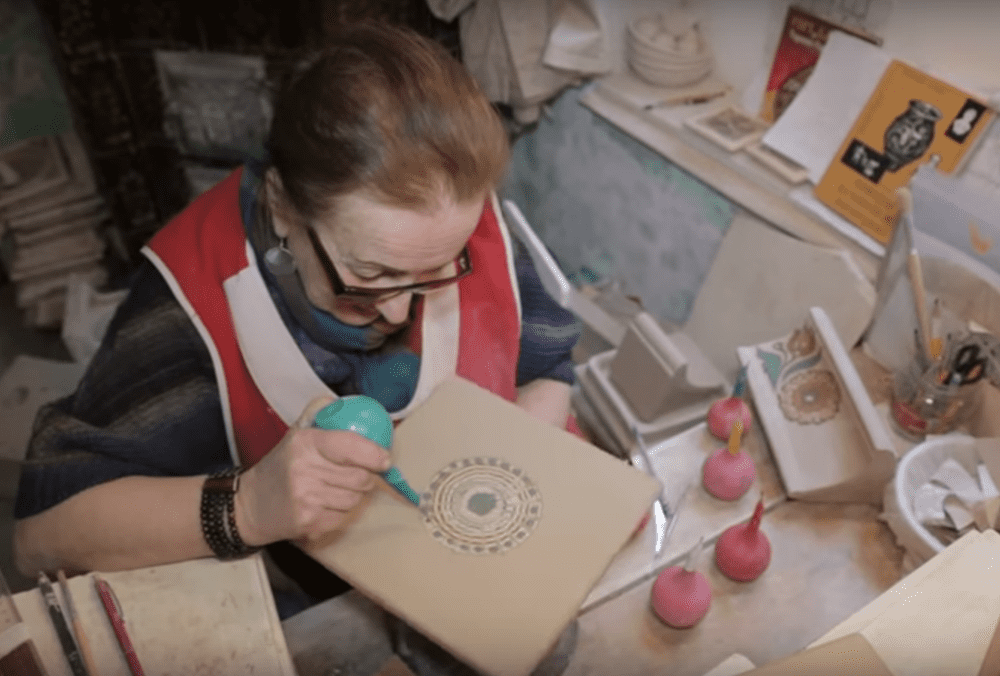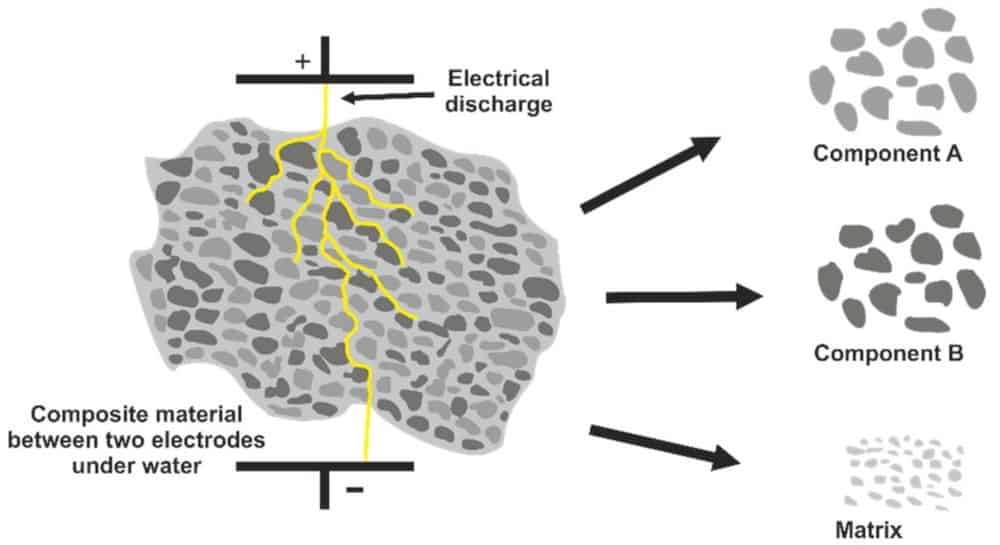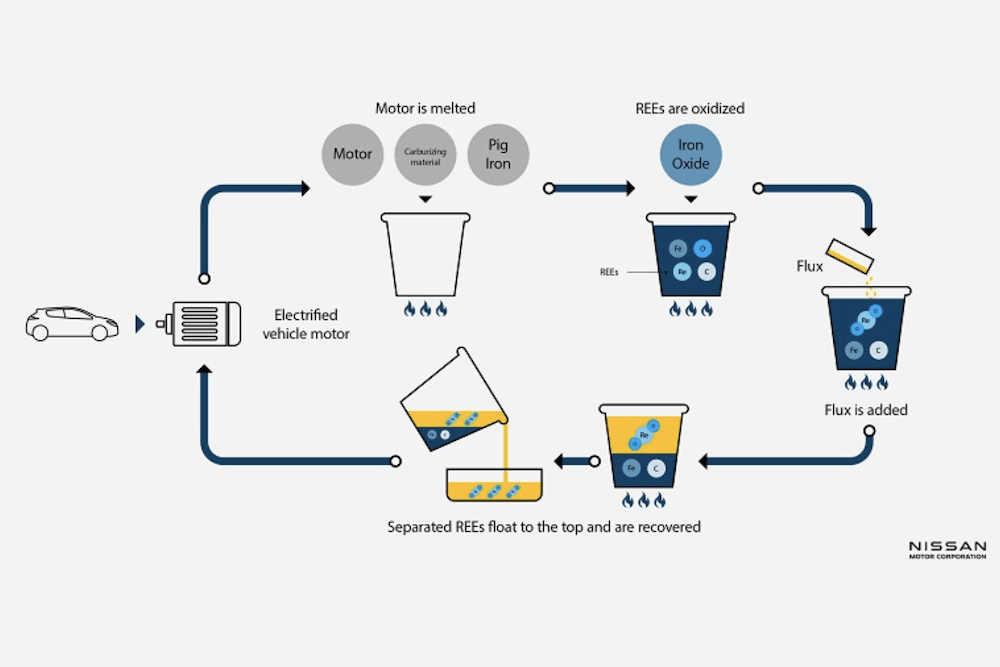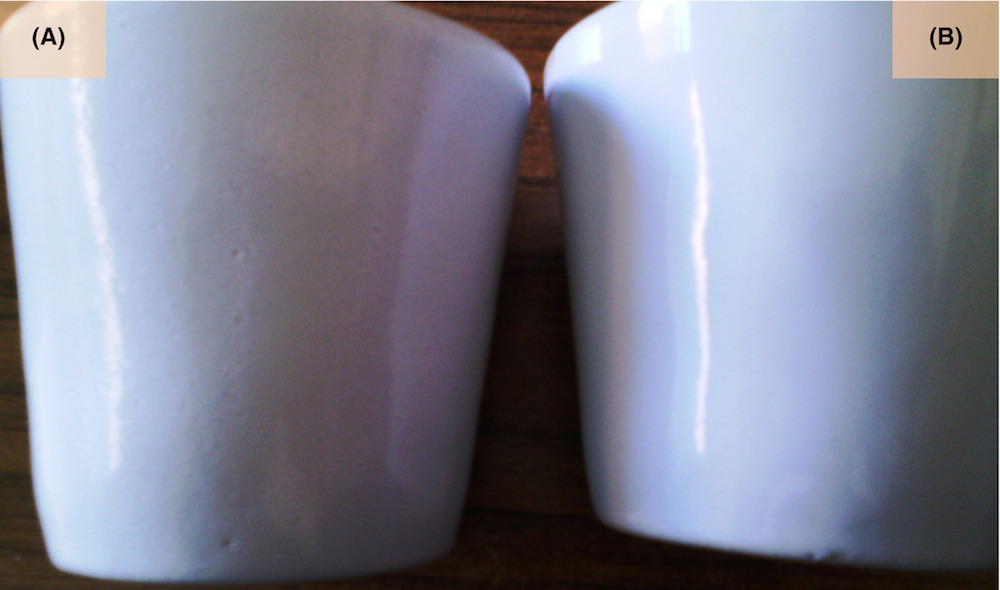Mining rare earth ores is only the first step in securing the rare earths supply chain. These ores must undergo refining processes, and China controls nearly all of the world’s rare earth processing facilities. Two U.S. mining companies, MP Materials and USA Rare Earth, plan to open domestic rare earth processing facilities within the next year.
Read MoreMore than 100 attendees converged in downtown Charlotte, N.C., May 9–11 to take part in the combined meeting of the ACerS Structural Clay Products Division, ACerS Southwest Section, and Clemson University’s National Brick Research Center.
Read MoreDisruptions in the energy market are not the only market forces affecting the European ceramics industry. The war in Ukraine is also driving a shortage in supplies of Ukrainian clay.
Read MoreRecycling and reusing waste materials is one approach the refractories industry is pursuing to improve sustainability. Researchers at the Fraunhofer Institute for Building Physics have explored the potential of electrodynamic fragmentation to recycle composites, and their recent study looks specifically at the potential of this technique applied to refractory materials.
Read MoreDiversifying the supply chain is a main approach that the rare earth industry is taking to ensure adequate supply of rare earth elements, but there are challenges to diversification. A recent industry survey provides an excellent rundown of these challenges.
Read MoreBauxite ore is the world’s primary source of aluminum, but concerns about the supply chain have the aluminum industry interested in identifying alternative sources. Researchers in Sri Lanka explored the potential of laterite as an alternative source.
Read MoreBatteries are not the only part of electric vehicles that contain critical materials—many electric vehicle motors use rare-earth magnets as well. Nissan and Waseda University developed a five-step pyrometallurgy process to recover rare-earth compounds from electric vehicle motor magnets.
Read MoreAcademic and industrial ceramic researchers alike are exploring ways to minimize waste and maximize reuse in ceramics manufacturing. Several articles published in International Journal of Applied Ceramic Technology demonstrate the resulting ecological and economic benefits of these activities.
Read MoreGreenland is at the center of many recent discussions on establishing new rare earth mining operations outside of China. Greenland’s election on April 6, however, gave a different party its first-ever chance to form a government, which will likely shape the island’s future mining decisions.
Read More


